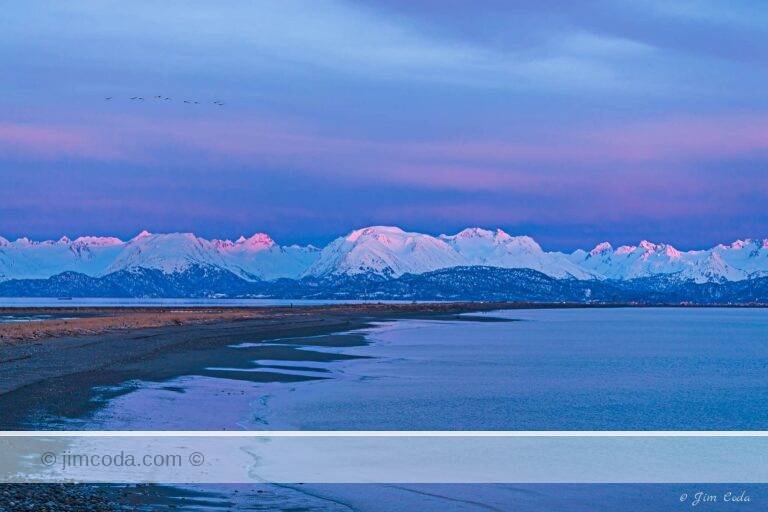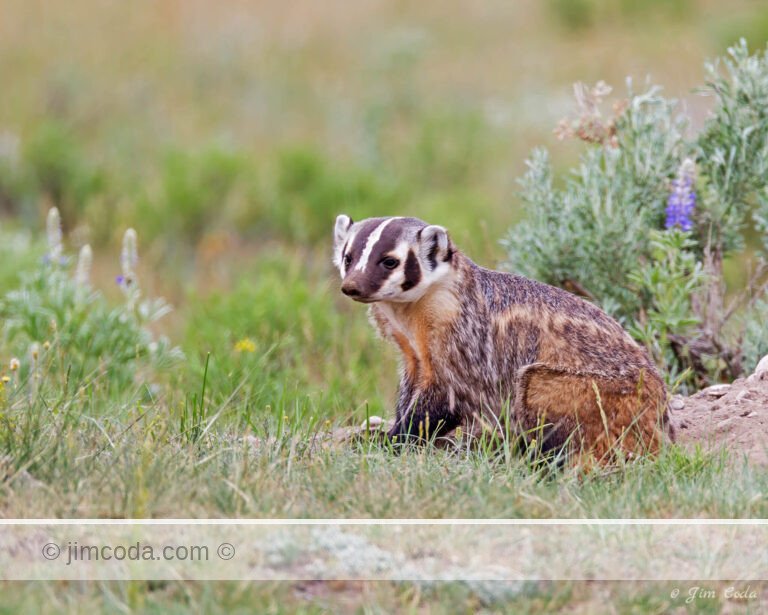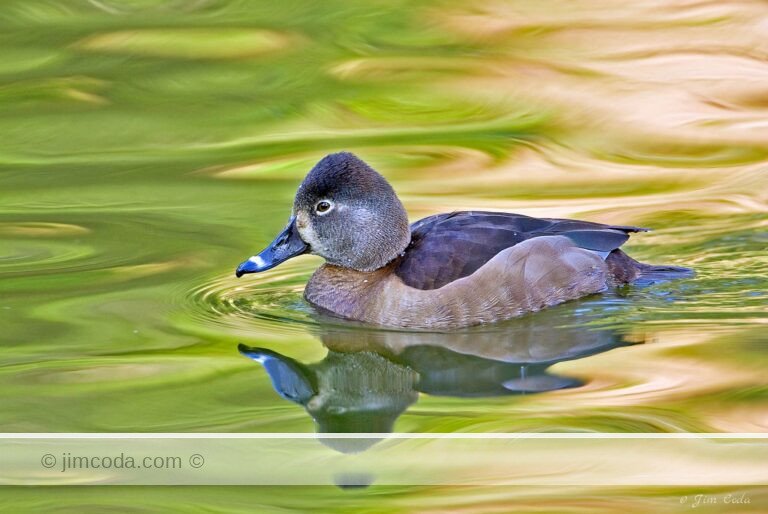Tag: bull elk
The Rut Is On at Point Reyes. This 7-point bull is bugling to let everyone know he’s in charge,...
A Bobcat Daydreams.
I went to Point Reyes a couple of days ago. It had been a while. When I arrived...
Snow Plow Leads the Way
This is what it looked like as I headed toward the Lamar Valley yesterday. That’s...
7-Point Bull, Tomales Peninsula
This photo was taken on February 22 near Pierce Point Ranch. The bull...
Dominant Bull
This is the largest bull elk I saw this fall in Yellowstone. He and his harem were located...
Here I Am.
This bull and his small harem were on the far side of the Madison River near the Madison campground...
Bull Elk; Madison River Drainage, Yellowstone National Park
The elk rut has been slow. This bull was...
No articles found
Load More Articles
Loading...
Prints for sale
Browse my selection of photos for sale as fine art prints
Filter by category
Sorry, no prints in this category









